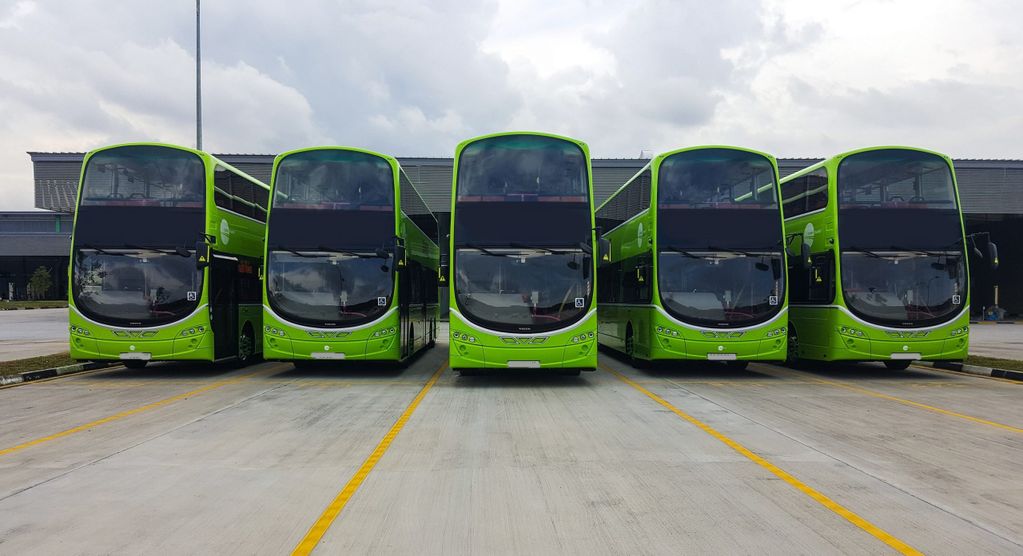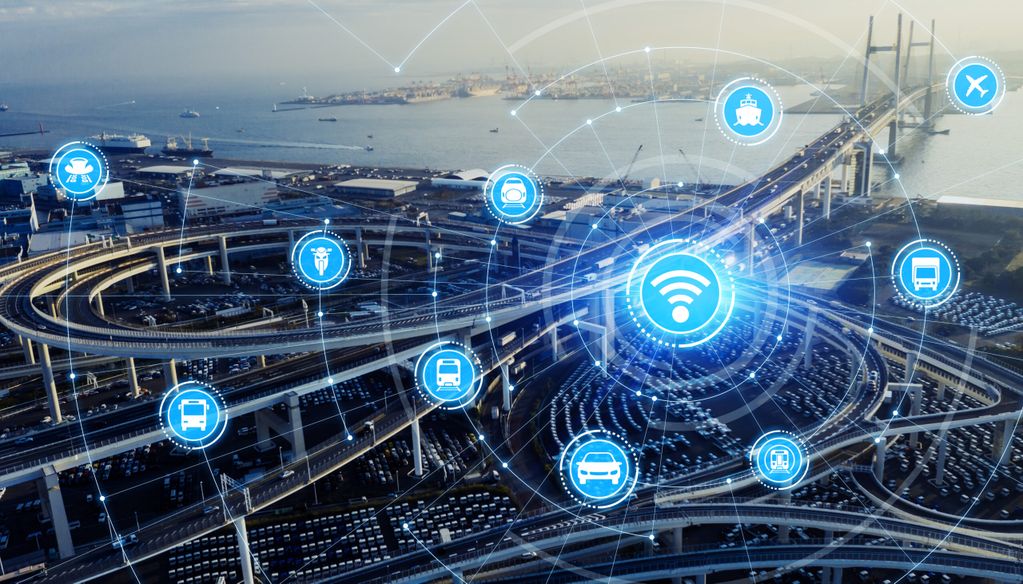
A win-win: How the Internet of Things is transforming public transport
Digital transformations are happening all around us
With our changing habits, people are moving faster because of busy schedules and an increasingly fast-paced lifestyle. As a consequence, this requires smarter ways of managing our lives and maximising our time. By 2025, forecasts suggest that there will be more than 75 billiion devices connected to the internet.
In its broadest sense, the internet of thing (IoT) encompasses everything connected to the internet. But it is increasingly being used to describe things which can ‘communicate’ with one another. Simply put, IoT is a huge network of connected devices, of which people can be a part of it. Connecting people and devices is becoming crucial for business to gather real-time information, analyse it and accelerate decision making to keep up with our everchanging needs.
As our world becomes increasingly digitalised, the term Internet of Things is becoming widely recognised and one that we should probably get to grips with. Our new Knowledge Brief, The internet of Things in public transport, is a great place to start. It further explains the concept, provides interesting case study material and offers an outlook for the future.
So, how does all this impact the public transport sector?
IoT has had a huge, unprecedented impact on public transport by accelerating the pace of innovation and providing real solutions. Since the IoT revolution, transport vehicles have become veritable computers on wheels, filled with thousands of sensors which can record information from number of passengers, fuel consumption and vehicle status. When intelligent vehicles drive on smart cities’ roads, which have their own sensors built into the infrastructure, it is possible to also monitor the movements of vehicles and the status of traffic. All of these indicators can be analysed separately or together in identifying new solutions to maximise efficiency for the operator and improve the passenger experience.
In automated mobility, connectivity of vehicles is of essence. In the EU-funded project SHOW, IoT plays a key role. In this project, different types of AVs for both passenger and cargo transport will be connected to a wide range of supporting infrastructure (5G, G5, IoT) to operate in public transport.
Connected devices transcend many different aspects of the transport experience. The sector has started to implement IoT technologies in a variety of contexts from passenger information to data management applications and new services.

Movia, Denmark
In Copenhagen, COVID-19 regulations have limited the number of passengers allowed on buses. As of 29 June 2020, every seat can be used but only half of the standing places are allowed. This means that a normal city bus can have 50-60 passengers, whereas beforehand the number was 70-80. Movia, the public transport authority of East Denmark, wants to test if detected smartphones can be used to figure out whether buses are busy or empty. As part of a pilot project, IoT sensors in the buses will count the amount of cell phones with internet signal. This number will be used to determine whether the bus is full or not, and this information will be pushed out to the passengers waiting at the bus stops. If a bus is full, the driver will not pick up new passengers.
A win-win situation
The Internet of Things enables new advanced services though a flexible use of existing data, improving the quality of the service for passengers and efficiency of transport services for operators and authorities. With everyone benefitting from these innovations, this certainly sounds like a win-win situation.
Interesting in learning more about IoT? Make sure to attend the session Artificial intelligence and Internet of Things at IT TRANS next week!
Membership benefits








